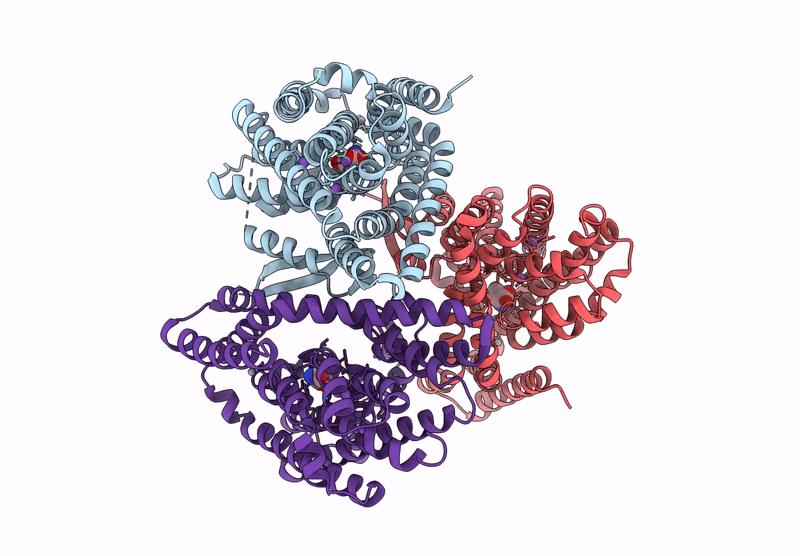
Deposition Date
2024-08-14
Release Date
2025-01-22
Last Version Date
2025-01-22
Entry Detail
PDB ID:
9D67
Keywords:
Title:
Human excitatory amino acid transporter 3 (EAAT3) with bound D-Aspartate in an intermediate outward facing state
Biological Source:
Source Organism:
Homo sapiens (Taxon ID: 9606)
Host Organism:
Method Details:
Experimental Method:
Resolution:
2.87 Å
Aggregation State:
PARTICLE
Reconstruction Method:
SINGLE PARTICLE


